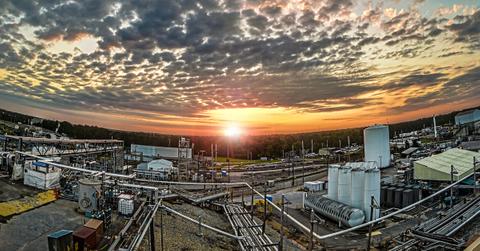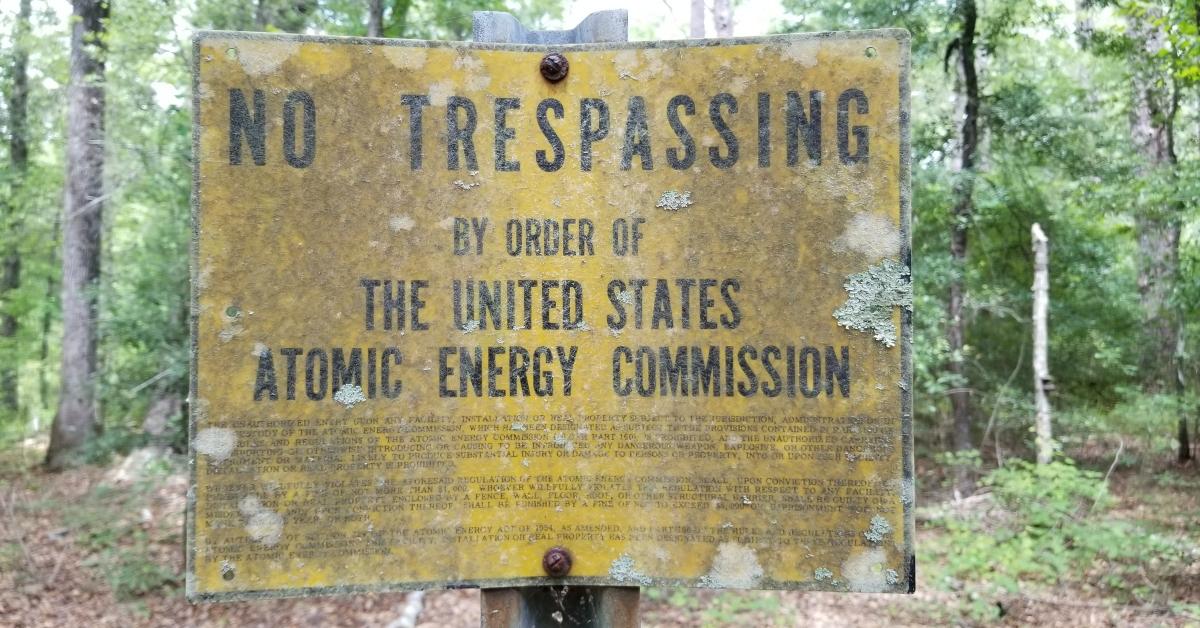The Savannah River Site: Uncovering Its Role During the Cold War
Published May 24 2023, 3:23 p.m. ET

When the Cold War ended in late 1991, so did the nuclear arms race between the U.S. and the former Soviet Union. Without the need to build up its nuclear arsenal, the U.S. government had to find different purposes for sites like the Savannah River Site (SRS).
What is the Savannah River Site?
Built in the 1950s, the Savannah River Site was an area in South Carolina where the government produced plutonium and tritium to use in nuclear weapons. The site is owned by the U.S. Department of Energy.

The Savannah River Site encompasses 310 square miles along the Savannah River in the South Carolina counties of Aiken, Allendale, and Barnwell. The SRS nuclear facility was built and operated by the multinational chemical company DuPont.
By March 1955, the Savannah River Site had five nuclear reactors in operation, and the site was producing plutonium and tritium for U.S. nuclear weapons. According to the Department of Energy, about 36 metric tons of plutonium was produced at the SRS between 1953 and 1988.
Plutonium and tritium are dangerous substances that need to be handled with caution. In 1988, The New York Times reported that there were a number of serious accidents at the SRS reactors between 1957 and 1985 that went unreported.

In one such nuclear accident that occurred in December 1970, fuel rods melted in the site’s C Reactor which could have led to a meltdown of the reactor’s core similar to what happened at Three Mile Island in 1979, The Times reported
A month before, in November 1970, a considerable amount of radiation was released from the K Reactor after a source rod melted, as per The Times.
Is the Savannah River Site still operational?
After the end of the Cold War, operations at the Savannah River Site changed a bit. The last of the site’s five reactors was shut down in July 1992. According to the Office of Environmental Management, the focus at SRS changed in 1992 to “environmental cleanup, nuclear materials management, and research and development activities.”
What is the Savannah River Site used for now?
Today, the Savannah River Site stores nuclear materials in support of national defense and U.S. nuclear nonproliferation efforts, the Office of Environmental Management states in its report “Savannah River Site Strategic Vision: 2022-2032.”

The operational footprint of the site has been reduced by 85 percent, the report states. Although the site's five reactors are no longer operating, two are being used to store nuclear materials.
Over the next decade or so, the plan is to clean up the Savannah River Site, including 35 million gallons of radioactive liquid waste stored in 43 underground tanks, the report states.
“To date, 308 of 1,126 facilities have undergone deactivation and decommissioning; 412 of 515 waste units across multiple industrial areas have been remediated; and 40 remediation systems are in operation addressing 14 groundwater contamination areas,” the Office of Environmental Management reported in May 2023.
The Savannah River Site is one of several Department of Energy land holdings that have been designated as a National Environmental Research Park, where government agencies and scientists can study the “environmental impacts of energy developments.”

The Savannah River Site is also home to the Savannah River National Laboratory, which researches environmental remediation, handling of hazardous materials, and technologies for preventing nuclear proliferation.
Who owns the Savannah River Site?
Although the SRS is still owned by the Department of Energy, in 2022 it was announced that the National Nuclear Security Administration (NNSA) will take over ownership of the site by 2025.